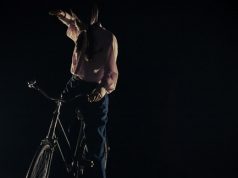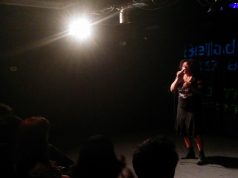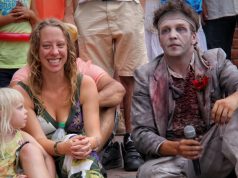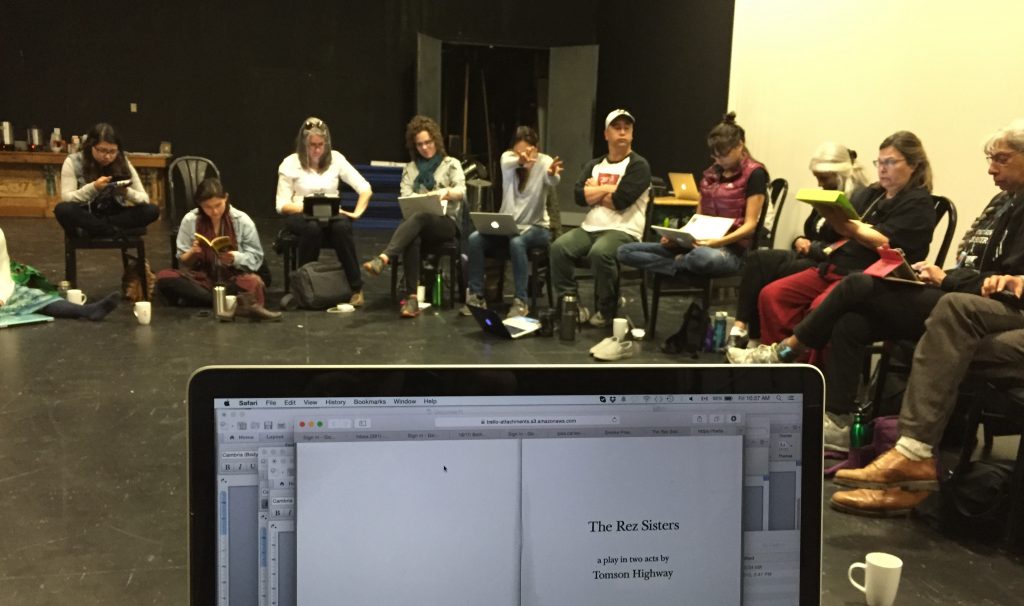
My name is Cole Alvis and I am proud of my Métis heritage from the Turtle Mountains in Manitobah. As the Executive Director of the national arts service organization Indigenous Performing Arts Alliance (IPAA), it was exciting to be invited into a process led by Associate Artistic Director Sarah Garton Stanley of the National Arts Centre (NAC) English Theatre. For two years Sarah and Past-IPAA Board President Yvette Nolan were co-curators of the The Cycle, an NAC initiative that has shined its spotlight on performance Indigenous to this land. IPAA’s collaboration began leading up to The Summit in Banff (April 2014) culminating in The Study / Repast (May 2015).
Although many are hearing about us for the first time, IPAA celebrated ten years as a federally incorporated not-for-profit on March 16th, 2015. Our organizational ancestry extends far beyond this present form. Community held ad hoc gatherings began as early as 1990 with the event Telling Our Own Story: Appropriation and Indigenous Performing Artists. The urgency to tell our story remains, and it is essential as we navigate another wave of non-Native allies eager to collaborate with Indigenous artists and stories inspired by the Canada Council for the Arts’ new project grant {Re}conciliation.
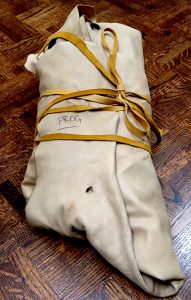
One such ally is the NAC. Former Artistic Director Peter Hinton recognized the importance of this bond and sought to include an Indigenous play in every season. This iteration of collaboration between the NAC and IPAA began with Sarah and Yvette strategizing how to usurp the hierarchy present in national partnerships by creating a unique structure for our initial gathering at The Summit where the Indigenous artists were the Leaders and the non-Native artistic directors were the Listeners. This intimate approach in Banff became broader in scope at The Study / Repast. Over forty Indigenous performing artists came through the Debajehmujig Creation Centre between May 5th and 16th and in the final days of The Repast artistic leaders joined us from coast to coast to coast.
The Study / Repast was an opportunity to dig deeper into the roots of Indigenous theatre in Canada by bringing Indigenous theatre students and recent graduates together with a professional acting company and other seasoned Indigenous performing artists, including Monique Mojica, Daniel David Moses, and Muriel Miguel. These artists were often present during the creation and production processes of the work we were exploring, and so could offer insight into the rumblings of Indigenous theatre.
Leading up to The Repast we read plays. Sometimes more than five a day! Starting with Tomson Highway, we headed out of Wikwemikong Unceded Reserve on Highway 69 for a big game of bingo (The Rez Sisters), and then onto more recent Indigenous performance presently touring across Turtle Island.
We explored these works together at Debajehmujig Storyteller’s Creation Centre and The Ruins. Artistic Director Joe Osawabine welcomed us to Odawa territory and made us feel at home. He provided teachings, ensured that we were well fed, and accompanied us on a hike to Dreamer’s Rock. Joe was in his element. Throughout our time at the Creation Centre, Joe was also supporting local filmmaker Matthew Manitowabi as he helped us document The Study / Repast, ensuring that those who could not join us physically on Manitoulin Island could still experience the work and the conversation through video. Joe and Matthew are now editing the incredible footage and artist interviews in the editing suite at the Debajehmujig Creation Centre – stay tuned to www.ipaa.ca for our videos!
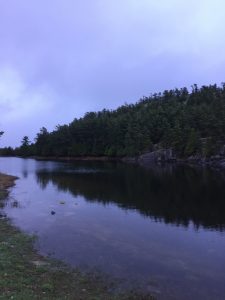
The first day of the Repast was called the Day of Listening and saw the structure from the Summit be expanded into a conversation for four Indigenous leaders in front of a live audience and also streamed live on the internet. Four chairs were placed in the centre of the performance space facing inwards, allowing the participants to focus on one other. These conversations alternated between bursts of performance throughout the day and evolved without facilitation. The final day was the Day of Speaking and we employed a conversational structure created by the co-founder of Spiderwoman Theatre, a non-Native woman named Lois Weaver. Our community is more accustomed to circles and it was fascinating to see us take care of each other while respecting the etiquette within this structure.
Justin Many Fingers and Waawaate Fobister expressed the missed opportunity to include the work and stories of 2-Spirited people during The Study / Repast. (You can see Waawaate introducing this topic on the Day 3 web stream at 1 hour, 4 minutes and 30 secs.) Their ability to speak generously about this exclusion reminded me we all have blind spots that require our diligence and care.
Another systemic barrier is the disconnect between rural and urban Indigenous communities. Student Acting Company member Jesse Wabegijig beautifully addressed this divide with his extended presence at the Long Table. He was among the first to sit down at the beginning and found it challenging to navigate his place within the prescribed etiquette. You can hear him speak of that experience shortly after Margo Kane prompts him to share in the Day 3 web stream at 2 hours, 11 minutes and 5 seconds. The image of him with his head in his hands stays with me highlighting the huge responsibility I have when I speak as the leader of the Indigenous Performing Arts Alliance. It is a privilege to be able to address national funders, touring bodies and other groups of people on behalf of our membership and Jesse’s words of listening to Elders and community combined with his perseverance to express himself is an inspiration.
Joe Osawabine presented IPAA with a bundle containing people’s personal commitments and contributions to the future, past and present of the Indigenous Body of Work. We are proud to be the keeper of these commitments and this bundle.
In my closing speech I made a commitment to think critically about who is not at the table. I would like to further that pledge by addressing the systemic barriers that make it difficult for members of our community like Jesse Wabegijig to participate in the conversation.
Thanks! / Marsi for listening!
Cole Alvis
Executive Director
Indigenous Performing Arts Alliance www.ipaa.ca






